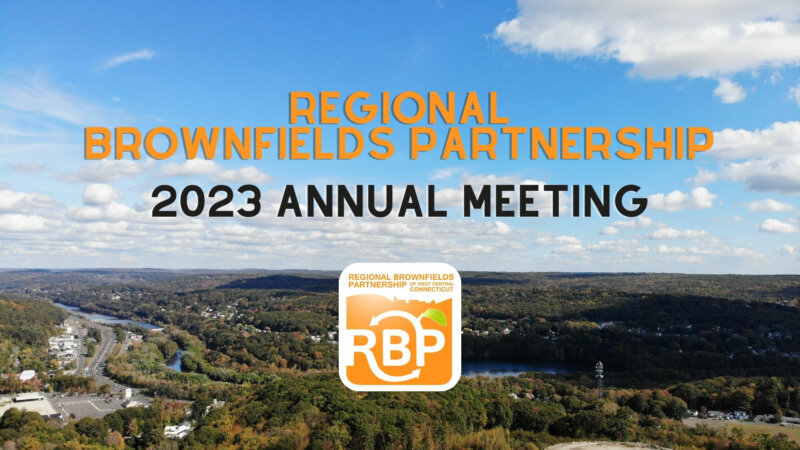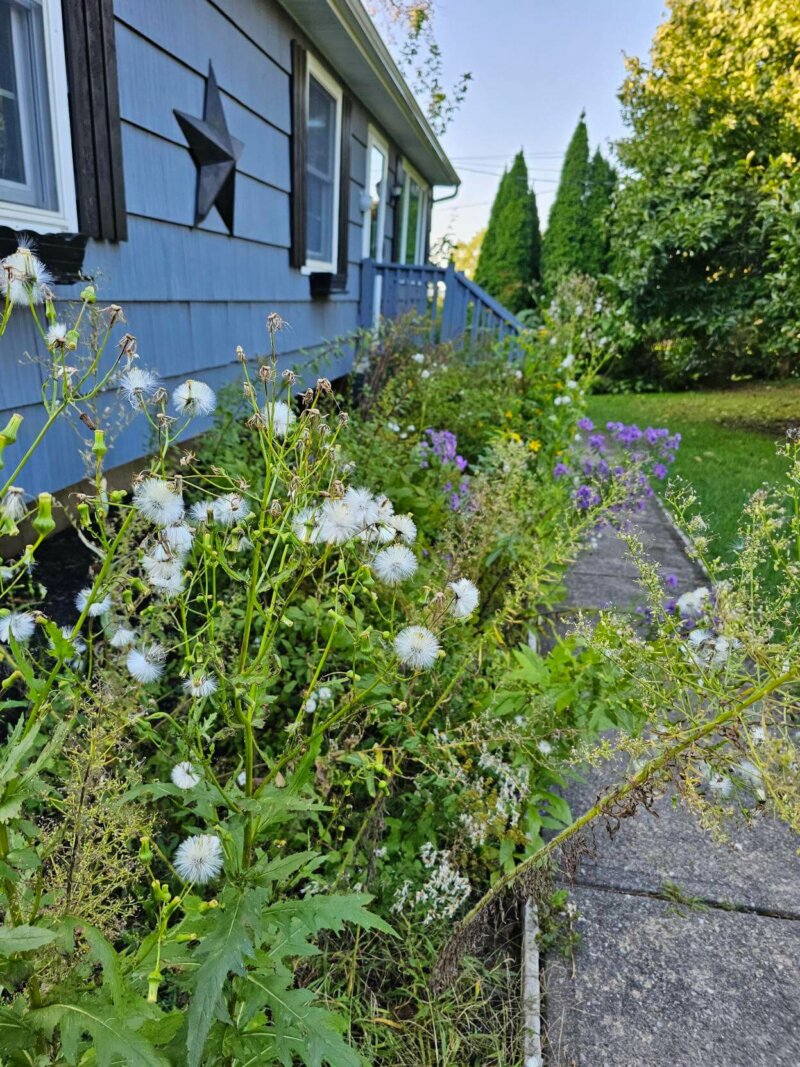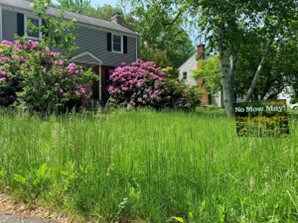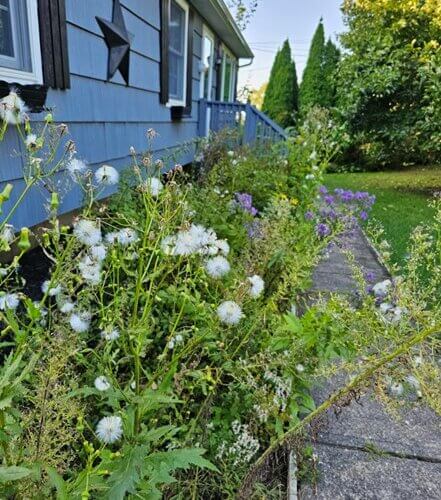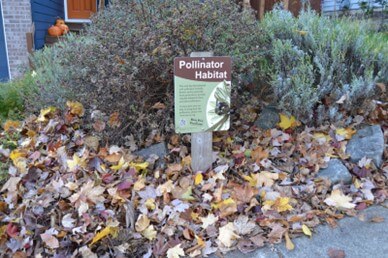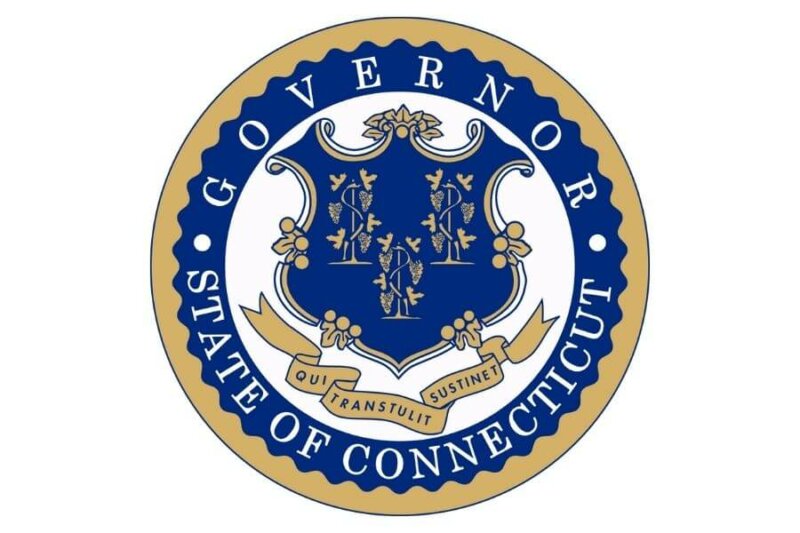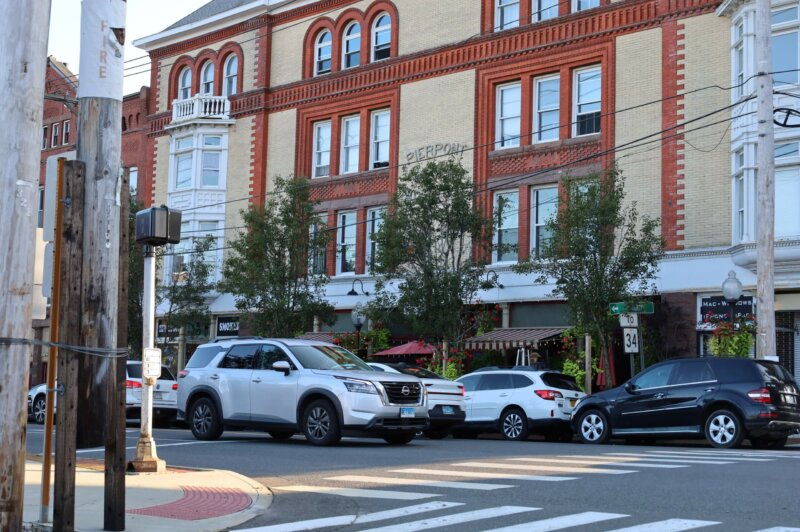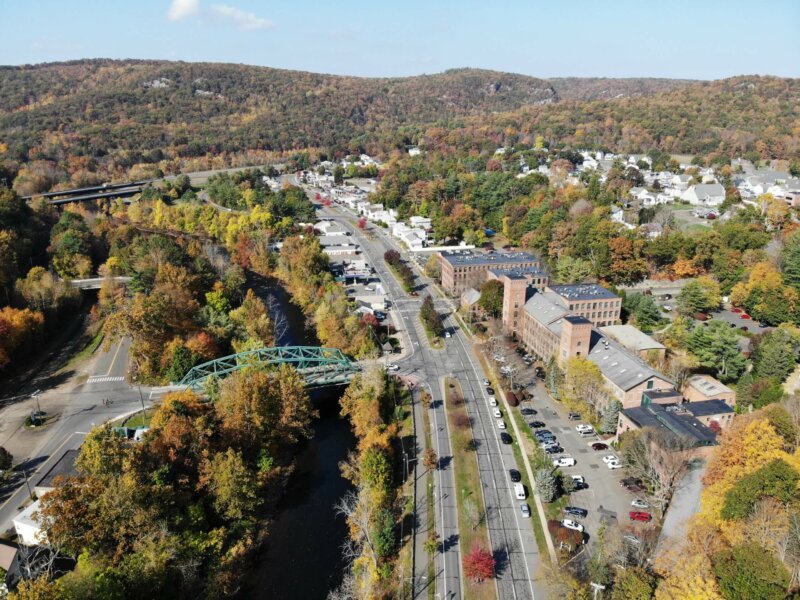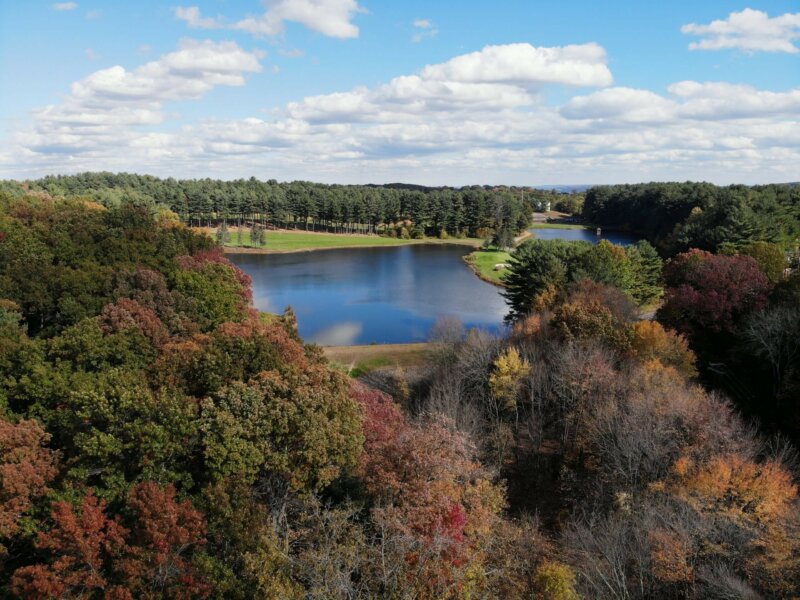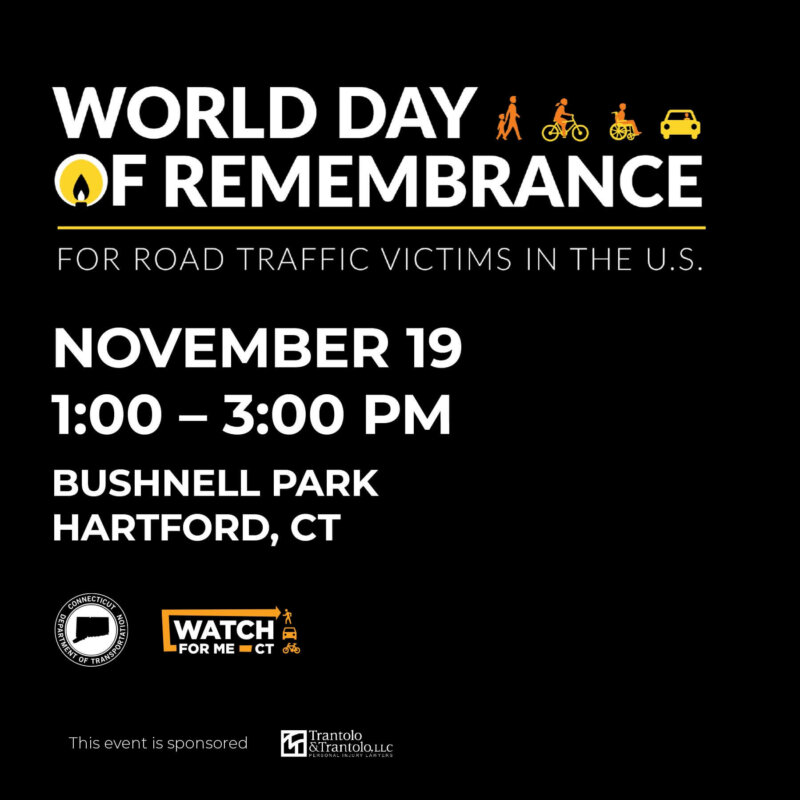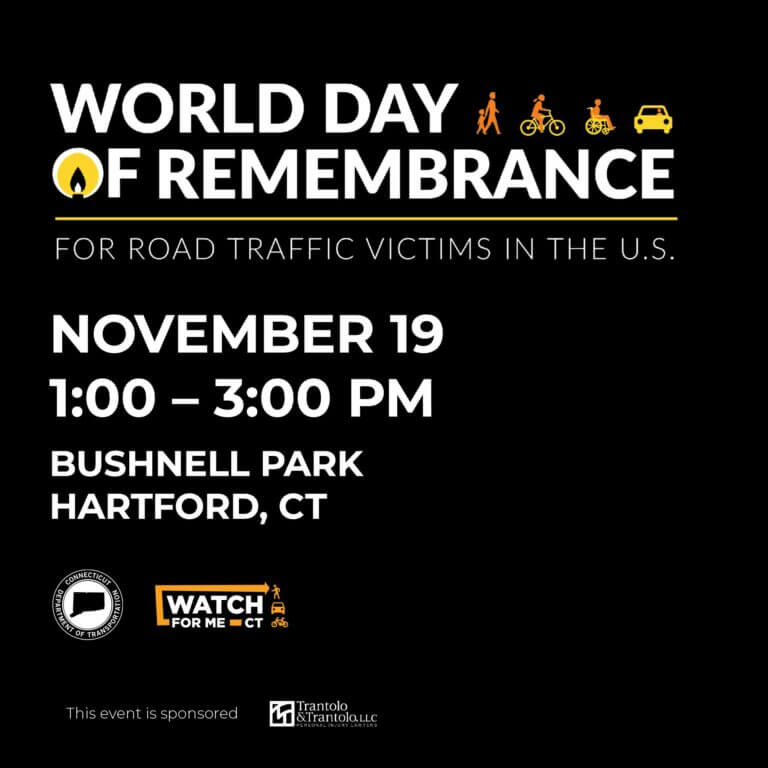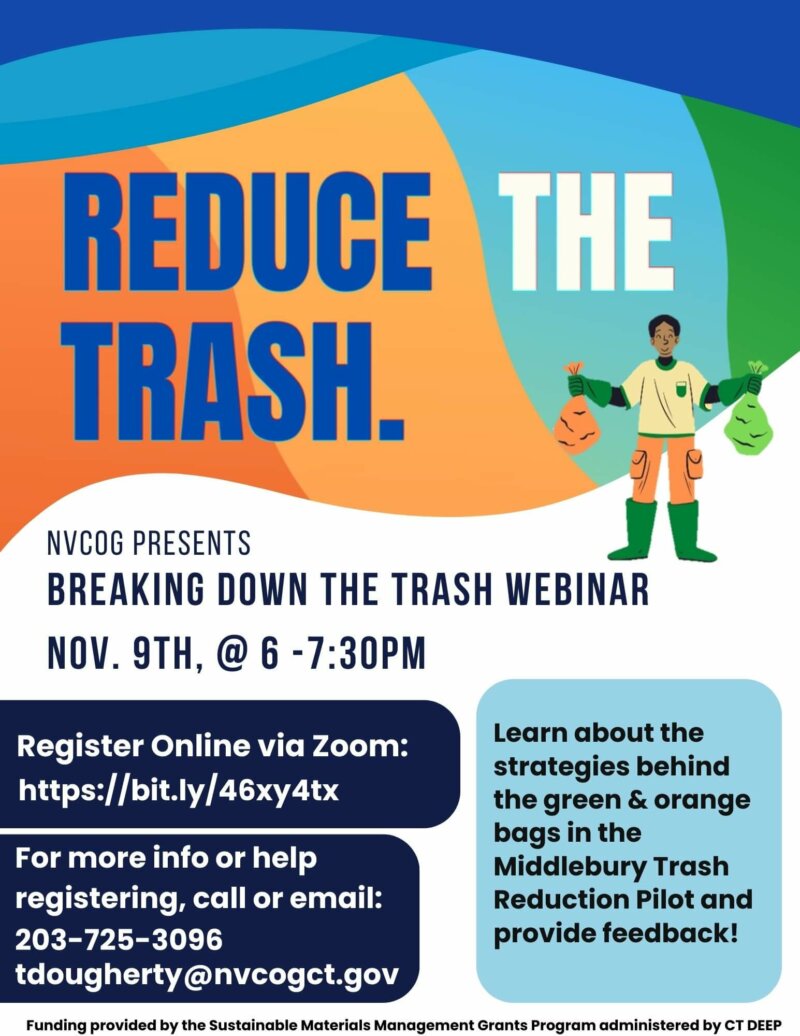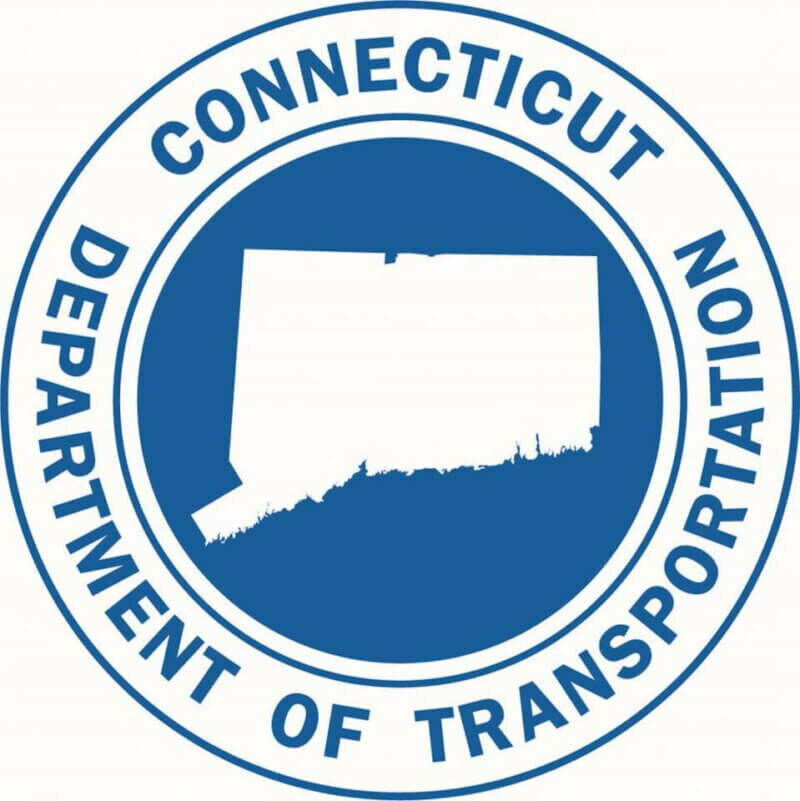For Immediate Release: November 21, 2023
Contact:
Desira Blanchard
Naugatuck Valley Council of Governments
203-489-0353
Dblanchard@nvcogct.gov
Regional Brownfields Partnership to Celebrate Achievements at 2023 Annual Meeting in Ansonia’s Transformed Senior Center
(Waterbury, CT) – The Regional Brownfields Partnership (RBP) is set to host its 2023 Annual Meeting at a recently revitalized brownfield, the City of Ansonia’s new Senior Center at 65 Main Street. This groundbreaking event, scheduled for 12:30 p.m. on Wednesday, December 6, 2023, brings together members, public and private stakeholders, and brownfield enthusiasts for discussions on the transformative impact of brownfields.
The RBP is at the forefront of brownfield redevelopment, uniting municipalities, community partners, and stakeholders to transform brownfields into vibrant community spaces. In partnership with the Naugatuck Valley Council of Governments (NVCOG), the RBP diligently accesses federal and state brownfield funding to issue sub grants and low interest loans for assessment and cleanup activities. Member communities benefit not only from financial support but also gain access to expert guidance, navigating the intricate assessment, remediation, and clean-up processes. Currently, the partnership is engaged in 15 cleanup projects, aiming to reclaim vacant or abandoned brownfield sites and restore them to tax-generating parcels.
Sheila O’Malley, Chair of the RBP, expressed pride in the organization’s impactful work, stating “I am proud of the work we have done over the years to remediate and return the brownfield sites in our 25 member communities. The RBP has had an impactful presence in the communities in terms of assessing, cleaning and returning the properties back to the tax rolls.”
This year’s annual meeting will be held in the 65,000 sq. foot former manufacturing building, recently transformed into a state-of-the-art police department and senior center in Ansonia’s downtown. O’Malley highlighted the significance of the RBP and NVCOG’s efforts in this transformation and emphasized their ongoing commitment to making a positive difference in member communities.
The choice of venue symbolizes the RBP’s commitment to showcasing the potential of brownfield revitalization. Attendees will witness firsthand the successful transformation of the Senior Center, illustrating how brownfields can evolve into vibrant community assets. The annual meeting promises a dynamic agenda, featuring engaging discussions on the pivotal role brownfields play in community development.
Guest speakers include:
- Tighe & Bond: Brownfield Due Diligence Requirements and the roles of Licensed Environmental Professionals
- UConn Technical Assistance for Brownfields Program (TAB): Services and Community Engagement Support
- Mayor Carbone of Torrington and Pennrose: A Conversation on the Success of the 100 Franklin Street Riverfront Redevelopment
This event is not just a meeting; it’s a platform for community engagement. Members, stakeholders, and enthusiasts will have the opportunity to connect, fostering collaboration and partnerships.
For those interested in attending this transformative event, please RSVP to sperry@ncogct.gov. Parking is available at the venue and nearby municipal parking lots.
For general questions regarding RBP membership, please email Steven Perry, Environmental Planner, at sperry@nvcogct.gov.
-END-

